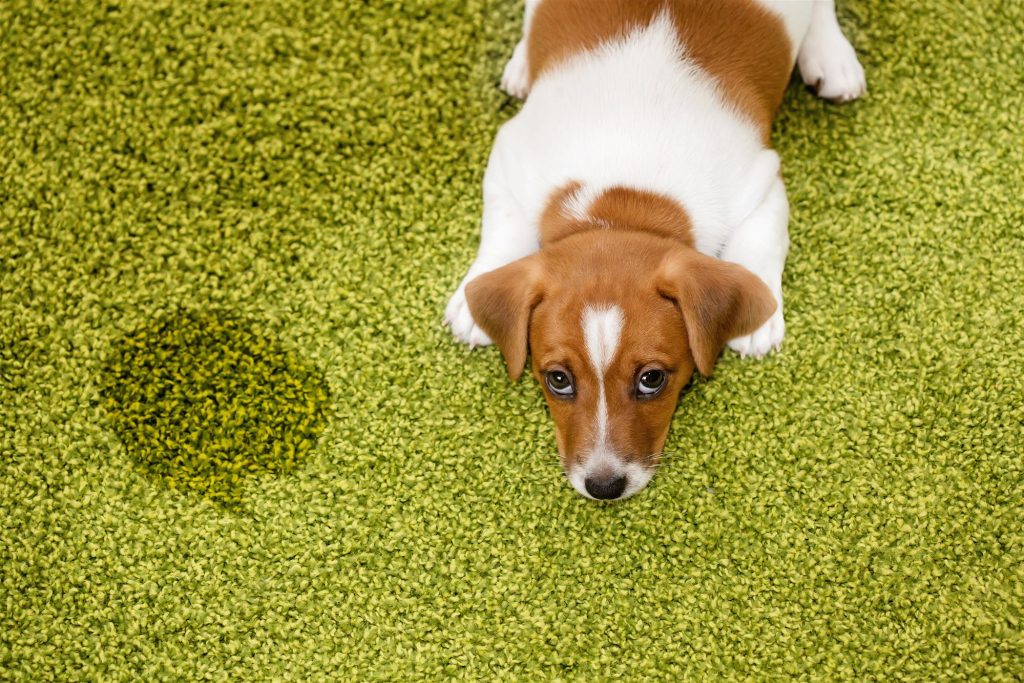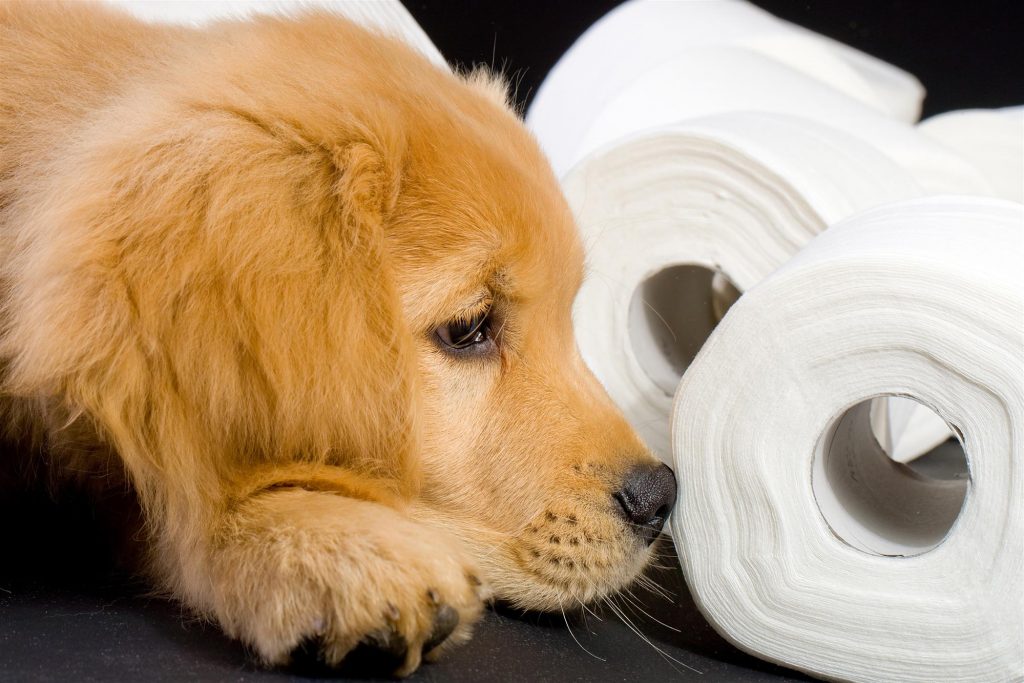Top Tips for Easy Breezy Paw-ty Training!
If you are struggling with “paw-ty” training a dog of any age at all, know that you aren’t alone. Many people try to potty train a dog without really understanding how they think. Humans and dogs see the world in very different ways, so what works for humans doesn’t always work for a dog. Here you can learn how to potty train your dog so that instead of it being a messy frustrating process, it will be as simple as watching him or her walk out the dog door.
Do Not Use Punishment
Your dog should look at you as the alpha, or the leader of his or her pack. This is different than the role of a parent, in that the alpha very rarely uses any form of punishment. It’s more of a guarded social structure.
That being said, your dog doesn’t really understand why he or she is being punished, so it won’t change the behavior. No, rubbing a dog’s nose in its own waste is not helpful in the least. It is unhealthy and can confuse your pup. Just keep in mind that your pup always wants to please you while they meet their own needs.
Keep a Stable Schedule
A huge part of housebreaking a pet is creating and maintaining a stable schedule. Feed your pup at the same time every day. Then, take him or her outside after feeding time. The younger they are, the sooner they need to go outside. A good rule of thumb is older dogs with better bladder control can wait about an hour between potty breaks.
Use a Crate or Leash
Know that dogs don’t associate crates with negativity unless you force that upon them. Instead, they consider the crate to be their den. The cozier you make it, the better. Dogs don’t like to leave their waste in the den, so they tend to hold it while in the crate.
While in training to be housebroken, your pup should either be in their crate, actively engaged with you, or outside relieving themselves. As you use crate training combined with a stable schedule, the dog’s body will get into the habit of relieving itself at the same times throughout the day.
If you don’t have a crate or are against using one for some reason, keep your pup on a leash with you at all times. The more you are engaged with the pup, the better off the dog is and the easier they will be to potty train. This also allows you to direct the dog to the right area when they prepare to have an “accident.”
Reward, Reward, and Reward Some More
The value of positive reinforcement cannot be stressed enough. Don’t praise your pup for not making a mess in the crate because he or she will think you are praising them just for coming out of the crate. Instead, reward your pup immediately after he or she relieves themselves in the appropriate area. This can be done with treats, kind words, affection, and a healthy combination of all those things.
Your pup will be happy to please you and will be using the dog door independently soon enough. For more information on housebreaking your dog, or other pet-related topics or tools, visit Australia Pet Doors today.


